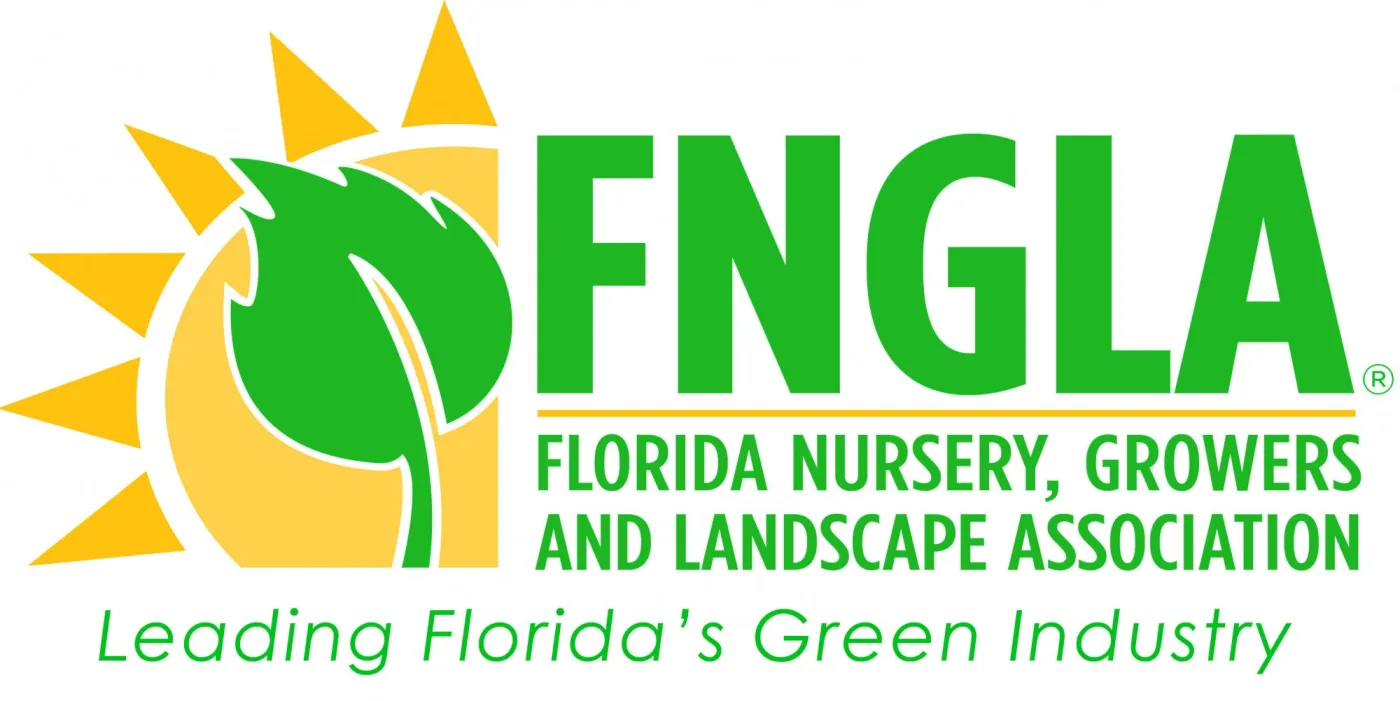In the Sunshine State, we take our outdoor spaces seriously, which is why Florida-Friendly Landscaping (FFL) is all the rage. It's not just about following a trend – it's a lifestyle choice that helps conserve water, protect ecosystems, and create stunning landscapes all at once.
When you design your landscape with FFL principles, you're not just making your yard look good – you're also doing your part to save water and support local wildlife. It's a win-win for you and the environment!
Here are 3 ways to create a low maintenance Florida-friendly landscape.
- Minimize Water Usage
One of the cornerstones of FFL is minimizing water usage without compromising the lushness of your landscape. By using native plants that thrive in Florida's climate and soil conditions, you can reduce the need for watering and maintenance. These plants have adapted to the local environment, making them more drought-tolerant and resilient.
10 Great Plants for Sunny Landscapes
10 Great Plants for Shaded Landscapes
To further maximize water efficiency, consider incorporating smart irrigation techniques such as drip irrigation or smart controllers. These systems ensure that water is delivered directly to the roots of your plants, minimizing waste and optimizing hydration.
Adding a layer of mulch to your landscape not only helps to retain moisture in the soil but also improves soil quality, allowing it to better absorb and retain water. And let's not forget about the power of rainwater – with Florida's frequent rainfall, harnessing rainwater for irrigation is a no-brainer, providing a sustainable and cost-effective watering solution straight from Mother Nature.
- Reduce the Need for Fertilizers
In a FFL landscape, the focus shifts from synthetic fertilizers to enhancing soil health through natural means. Incorporating organic matter such as compost enriches the soil with essential nutrients, promoting the growth of healthy plants without the need for chemical fertilizers.
By choosing native plants that are adapted to Florida's soil and climate, you inherently reduce the need for synthetic fertilizers. These plants have evolved to thrive in local conditions, requiring fewer external inputs to flourish.
- Embracing Native Plants for Sustainability
Native plants are the unsung heroes of the FFL movement, offering a myriad of benefits beyond water conservation and reduced fertilizer usage. Their adaptability to local conditions makes them invaluable for creating sustainable landscapes that support native wildlife and ecosystems.
Including native plants in your landscape design, you not only enjoy a beautiful outdoor space but also contribute to the preservation of Florida's unique biodiversity. With their lower water and fertilizer requirements, native plants offer a win-win solution for homeowners seeking a sustainable and low-maintenance landscape.
By using the FFL principles in your landscape, you can create a beautiful and resilient outdoor space that benefits both you and the environment. Let's work together to build a greener, more sustainable future for Florida's landscapes and beyond!
Our landscape design professionals are ready to help! Contact us now at (352) 378-5296 or (904) 913-5296 or fill out our form at the top of the page, we would love to help!



